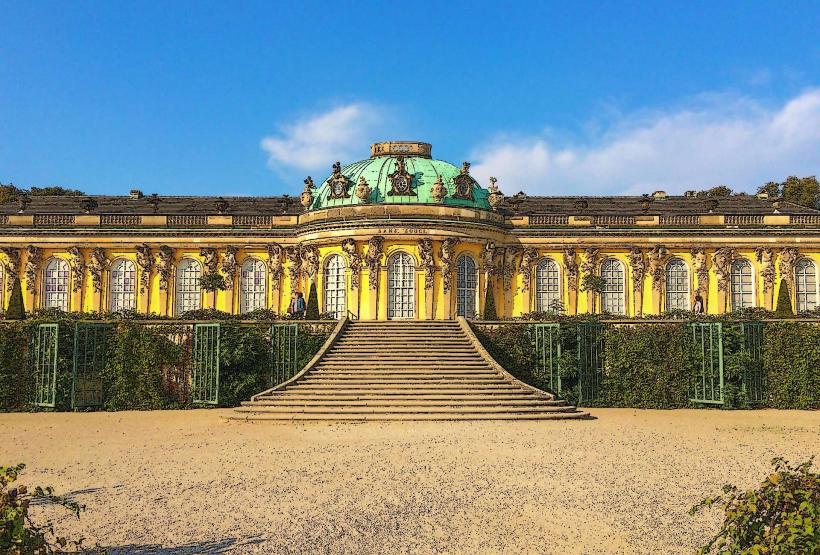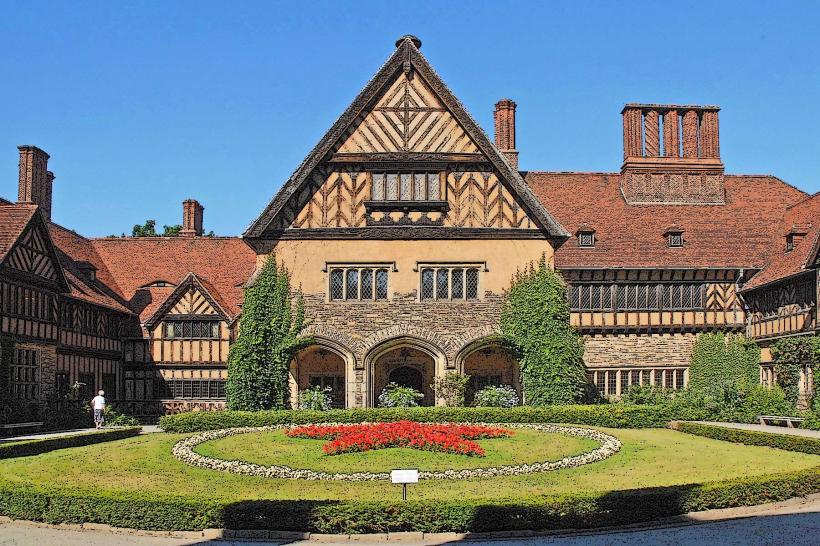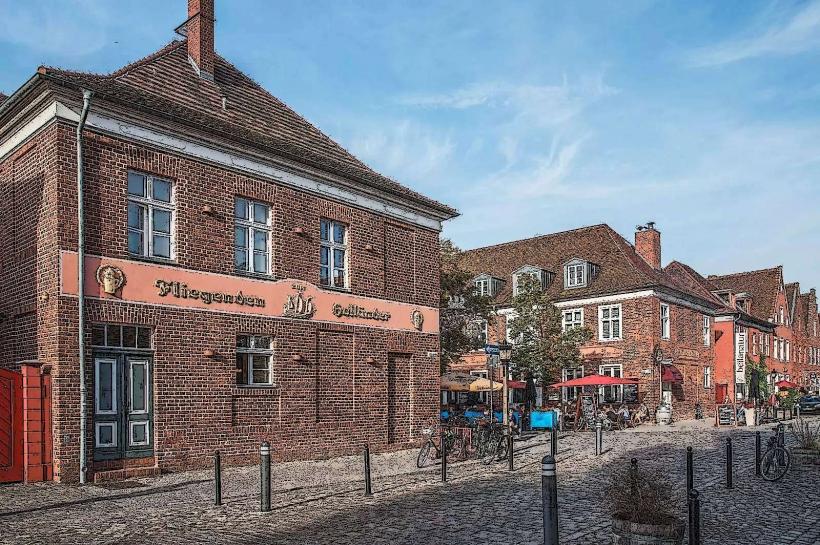Information
Landmark: Brandenburg GateCity: Potsdam
Country: Germany
Continent: Europe
The Brandenburg Gate (Brandenburger Tor) in Potsdam, Germany, is one of the city’s most iconic landmarks. Though it shares its name with the more famous Brandenburg Gate in Berlin, the Potsdam version has its own unique history and significance.
History and Construction
Commissioned by Frederick the Great: The Brandenburg Gate in Potsdam was commissioned by Frederick the Great (Friedrich II) in 1770 as part of his efforts to beautify the city and enhance its royal appeal. Unlike the Berlin Brandenburg Gate, which was built as a triumphal arch, the Potsdam gate was designed to be a symbol of the connection between Potsdam and Berlin and a prominent feature on the royal route between the two cities.
Architectural Design: The Brandenburg Gate in Potsdam was designed by the architect Carl von Gontard, who was also involved in other significant architectural projects in Berlin and Potsdam during the 18th century. The gate’s design is influenced by classical architecture, with Doric columns and a large, arched passageway at its center. The structure stands on a wide base and is topped with a pediment featuring classical motifs.
Symbolism: The gate was not just a decorative entryway but also a symbol of the royal power of Frederick the Great and his vision of Potsdam as a cultural center. Its design, although simpler than its Berlin counterpart, reflects the elegance and classical ideals that Frederick admired. The gate also represented the link between the royal palaces of Sanssouci and Charlottenhof, reinforcing Frederick’s connection to the city of Potsdam and the surrounding regions.
Architectural Features
Neoclassical Style: The Brandenburg Gate in Potsdam reflects the neoclassical style, which was popular during the 18th century and influenced by the ideals of ancient Greek and Roman architecture. It features Doric columns, a simple yet elegant design, and clean lines. The gate is rectangular, with a massive archway in the center that allows for passage through it.
Pediment and Reliefs: The pediment of the gate features a relief sculpture, a decorative element often seen in classical architecture. This relief symbolizes the peaceful connection between Potsdam and Berlin and may have been intended as a celebration of the unity of the Prussian state under Frederick’s rule.
Gate Structure: Unlike the monumental triumphal arch style of the Berlin Brandenburg Gate, the Potsdam gate is relatively modest, more akin to a city entrance that serves as both a functional and symbolic landmark. The gate has four Doric columns, with the central archway serving as the passage.
Significance and Historical Context
Role in the Royal Route: The Brandenburg Gate in Potsdam was strategically placed as a part of the royal route, which connected Frederick the Great’s Sanssouci Palace to other important buildings in the city, including the Charlottenhof Palace. It marked a symbolic entry into the royal city and was a prominent feature in the processions and ceremonies of the royal court.
Cultural Symbol: Over time, the Brandenburg Gate became a symbol of Potsdam’s connection to the Prussian monarchy. The gate not only served as a physical entrance to the city but also as a representation of the city’s importance as a cultural and political center in the 18th century under Frederick the Great.
Post-Prussian Era: After the fall of the Prussian monarchy and the end of World War I, the Brandenburg Gate continued to stand as a reminder of Potsdam’s royal history. It witnessed the changes in the city’s political and cultural landscape during the 19th and 20th centuries, including the rise and fall of imperial Germany and the establishment of the German Democratic Republic (GDR).
The Brandenburg Gate Today
Cultural Landmark: Today, the Brandenburg Gate in Potsdam is a protected historical monument and a popular tourist destination. It is located near the Dutch Quarter and serves as a focal point for visitors exploring the city's historic center. The gate is a striking example of neoclassical architecture and is considered one of the key landmarks in the city.
Symbol of Potsdam: While the Brandenburg Gate in Potsdam may not be as famous as its counterpart in Berlin, it is still an important cultural symbol for the city. It represents Potsdam’s royal past and the lasting influence of Frederick the Great, whose vision for the city continues to shape its identity today.
Nearby Attractions: The Brandenburg Gate is in close proximity to other important Potsdam landmarks, including the Dutch Quarter, Sanssouci Palace, and the New Palace. Visitors often incorporate the gate into their walking tours, enjoying its historical significance and its architectural beauty.
Conclusion
The Brandenburg Gate in Potsdam is a significant historical and architectural monument that reflects the city's royal heritage and cultural history. Commissioned by Frederick the Great in the 18th century, the gate's neoclassical design and role as part of the royal route make it a symbol of Potsdam's past. Today, it continues to serve as a cultural landmark and an enduring reminder of the city's historical connection to the Prussian monarchy.




